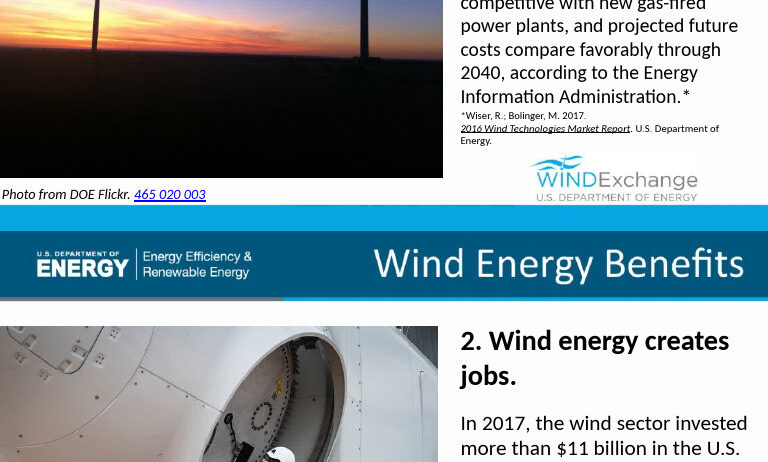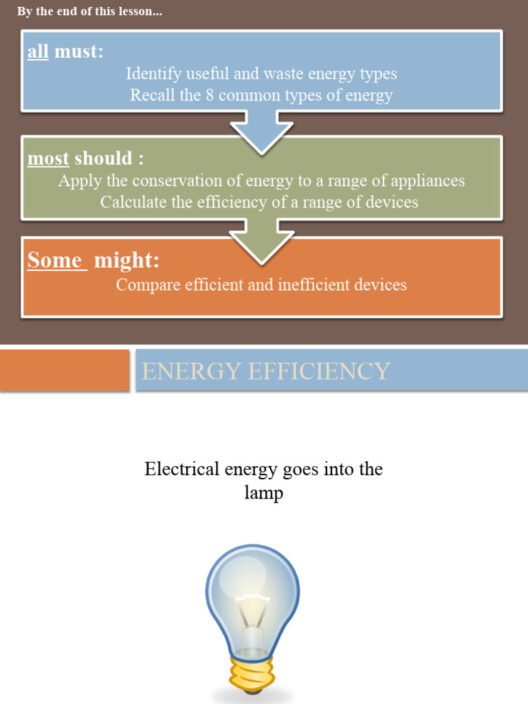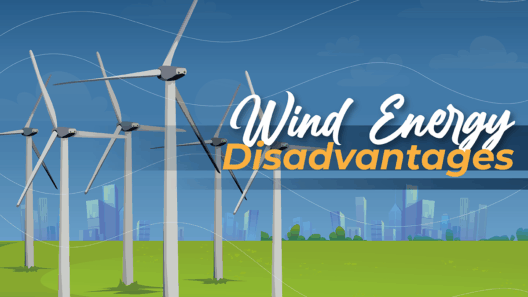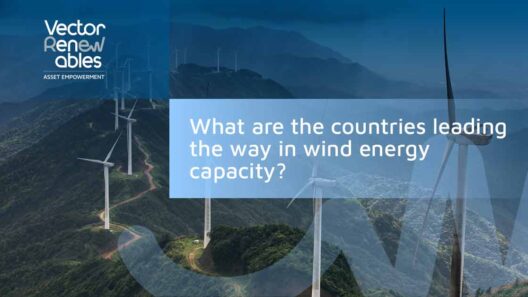In recent years, the discourse surrounding renewable energy has amplified, with wind energy emerging as a formidable contender in the quest for sustainable solutions. Harnessing the omnipresent force of the wind, this method of energy production offers a plethora of advantages, illuminating its efficacy as a clean energy alternative.
Wind energy, derived from the kinetic energy generated by atmospheric movements, has garnered attention for its myriad benefits. These favorable attributes not only contribute to environmental preservation but also fortify economic growth and community sustainability. This article examines the diverse advantages associated with wind energy, providing a thorough understanding of why it is a crucial component in the clean energy landscape.
The Environmental Edge: Reducing Carbon Footprint
One of the most significant advantages of wind energy lies in its ability to mitigate climate change by drastically reducing greenhouse gas emissions. Unlike fossil fuels, which release considerable amounts of carbon dioxide when burned, wind energy harnesses the natural currents of air to generate electricity without emitting harmful pollutants.
Transitioning to wind power is not merely an option but a necessity as global temperatures continue to rise. The Intergovernmental Panel on Climate Change (IPCC) advocates for immediate action to curtail emissions, and wind energy provides a viable pathway. By substituting traditional energy sources with wind turbines, nations can realize substantial reductions in their carbon footprints, illustrating a critical step toward environmental stewardship.
Energy Independence: Empowering Nations
Wind energy also serves as a pillar of energy independence. Countries that rely heavily on foreign oil imports find themselves vulnerable to fluctuating markets and geopolitical tensions. By investing in wind power, nations can harness their indigenous resources, thereby enhancing energy security and stability.
Moreover, wind farms are often developed in rural areas, providing remote communities with access to reliable energy that can spur local economies. The establishment of wind energy infrastructure can invigorate job opportunities in construction, maintenance, and manufacturing sectors. This not only bolsters the local workforce but also fosters economic diversification, shielding communities from the volatility associated with traditional resource extraction.
A Sustainable Investment: Long-Term Economic Viability
Investing in wind energy reflects a commitment to sustainable development and economic prosperity. Although the initial capital required for wind farm creation can be substantial, the long-term operational costs often reveal a more favorable financial outlook.
Once established, wind turbines command minimal operational and maintenance expenses compared to fossil fuel plants. The absence of fuel costs—a significant factor in overall energy prices—ensures a level of price stability. As technology advances, the efficiency of wind turbines continues to improve, resulting in ever-lower costs per unit of energy produced.
Furthermore, governmental incentives and support for renewable energy projects can significantly increase the return on investment. Tax credits, grants, and favorable legislation can substantially offset the costs associated with wind energy deployment, culminating in a sound economic strategy that pays dividends for years to come.
Job Creation: Empowering Workforces
The wind energy sector has emerged as a significant source of employment opportunities worldwide. As the demand for clean energy escalates, the wind industry is at the forefront of job creation, servicing various roles—ranging from engineering and manufacturing to installation and maintenance.
In 2020 alone, the wind sector accounted for hundreds of thousands of jobs globally, signifying its potential to uplift economies and engage local talent. These jobs are often resilient to economic downturns, providing communities with stable employment that contributes to the overall socioeconomic fabric. The self-sustaining nature of renewable energy jobs fosters a skilled workforce poised to tackle contemporary and future energy challenges.
Navigating the Challenges: Addressing Concerns
While wind energy presents an abundance of benefits, it is essential to address the concerns that accompany its implementation. Issues such as noise pollution, aesthetic impacts on landscapes, and the threat to avian wildlife are often raised by critics.
To ensure responsible deployment, developers and policymakers are increasingly focusing on innovative solutions. Advances in turbine technology now allow for quieter operations, while careful planning and siting can mitigate visual impacts. Additionally, new approaches, such as bird and bat deterrent systems, are being researched and implemented to protect local wildlife while maximizing energy production.
Conclusion: A Forward-Looking Approach to Energy
In closing, the advantages of wind energy are multifaceted, encompassing environmental, economic, and social dimensions. As the world grapples with the existential threat of climate change, the pursuit of clean, renewable energy sources becomes paramount.
Wind energy stands at the forefront of this transition, offering a sustainable path forward. With continued investment in technology and infrastructure, alongside thoughtful regulations and community engagement, wind power can redefine our energy landscape while fostering resilience, prosperity, and environmental preservation for generations to come.






